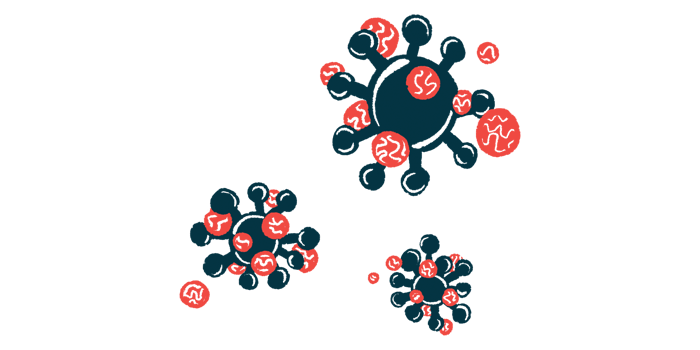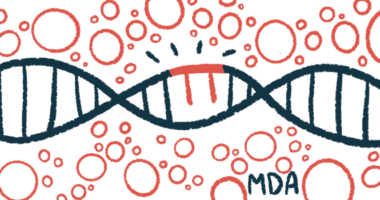Viral vector in LGMD2E gene therapy gets new FDA designation
SRP-9003's vector designated as platform technology

The U.S. Food and Drug Administration (FDA) granted platform technology designation to the viral vector used in SRP-9003, an investigational gene therapy for limb-girdle muscular dystrophy type 2E (LGMD2E).
“This is one of the first programs to receive platform technology designation and an important recognition by FDA of the reproducibility and adaptability of this technology across multiple therapeutic programs,” Louise Rodino-Klapac, PhD, chief scientific officer at developer Sarepta Therapeutics, said in a company press release.
The FDA grants platform technology designation to technologies that could be used to create more than one type of new medication. In this case, the rAAVrh74 vector used in SRP-9003 could potentially serve as a platform to make gene therapies for other muscle disorders. The designation makes it simpler for drug developers to submit applications to the FDA for experimental therapies that use this vector, and is aimed at helping streamline drug development, manufacturing, and review processes by incorporating data from designated technologies.
“The designation underscores and reinforces the consistency of the data we have seen with this AAVrh74 in multiple clinical programs and is yet another example of Sarepta’s continued commitment to accelerating the development of potentially transformative treatments for patients with rare genetic diseases like LGMD type 2E,” Rodino-Klapac said.
LGMD2E, also known as LGMDR4, is caused by mutations in the SGCB gene. This gene provides the instructions to make beta-sarcoglycan, a protein that’s vital for muscle health. In LGMD2E, SGCB gene mutations lead to low levels of functional beta-sarcoglycan protein, which results in muscle weakness and wasting, particularly in the shoulders and hips.
Gene therapy designed for muscle cells
SRP-9003 is designed to deliver a healthy copy of the SGCB gene to muscle cells, to enable beta-sarcoglycan protein production.
In order to deliver its genetic cargo, SRP-9003 uses a viral vector, a virus that’s been engineered so it will deliver a therapeutic gene into cells. The vector used in SRP-9003, called rAAVrh74, is derived from an adeno-associated virus, which is often used as a platform for gene therapies because it doesn’t typically cause serious disease in people and is easy to manipulate in the lab.
The rAAVrh74 vector has been tailored to deliver genes into muscle cells, including not just the skeletal muscles needed for movement but also the muscles of the heart and the diaphragm (the main muscle used in respiration). The rAAVrh74 vector also is being used for SRP-9005 and SRP-9004, gene therapies that Sarepta is developing for other forms of limb-girdle muscular dystrophy.
Sarepta is sponsoring an ongoing Phase 3 clinical trial called EMERGENE (NCT06246513) testing SRP-9003 in 17 people with LGMD2E, with the main goal of showing that the gene therapy leads to beta-sarcoglycan protein expression in muscle fibers as designed.
If results from the trial are positive, Sarepta plans to use the findings as a basis to apply for accelerated approval of SRP-9003. This is a type of conditional approval in which the FDA allows a therapy to be brought to market based on early evidence that it is likely to work, while still requiring developers to conduct more studies or provide additional data to prove the therapy provides clinical benefit for patients. In April, Sarepta said it planned to submit such an application in the second half of this year.







